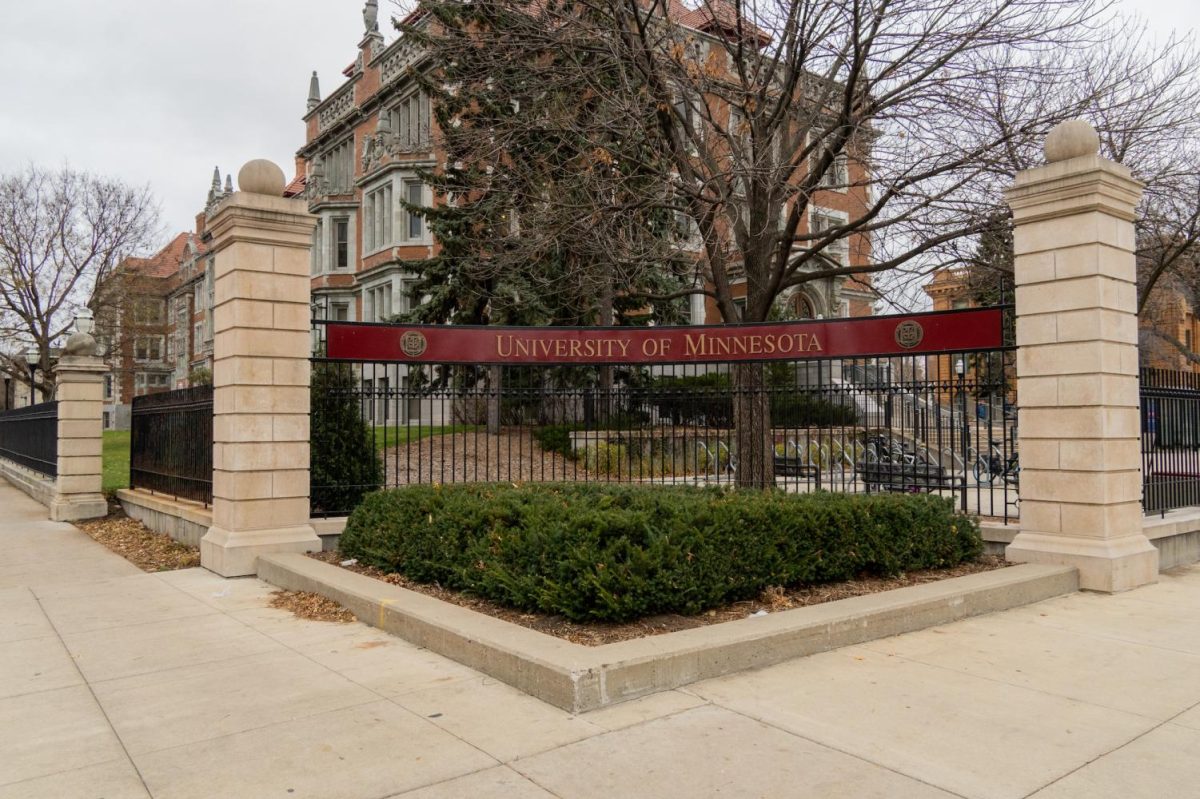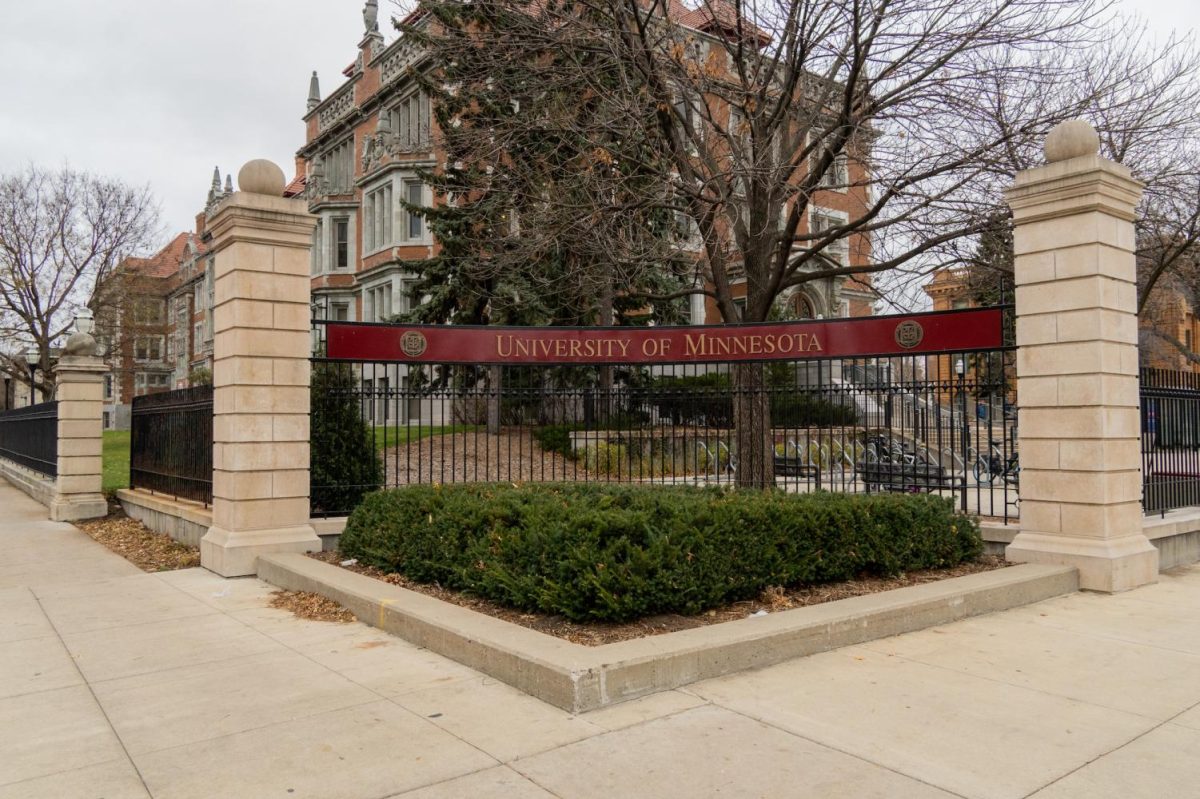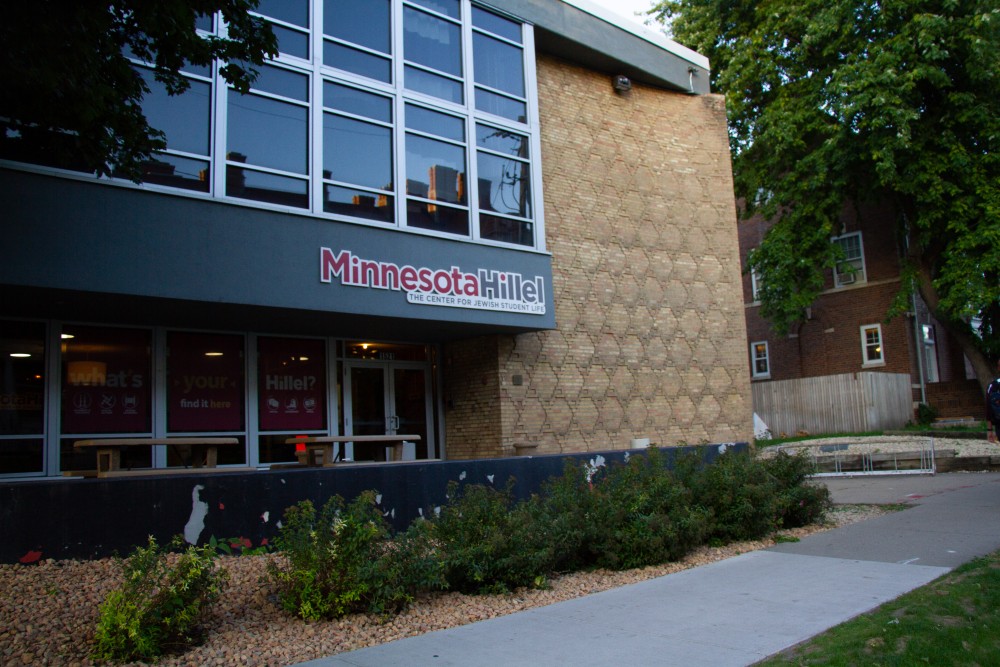As the University of Minnesota offers 150 undergraduate majors, it can be difficult to make a decision about which program is the best fit. When certain majors offer multiple degree programs, that decision can be even more difficult.
With common programs like the bachelor of arts (BA) and bachelor of science (BS), and more targeted programs like bachelor of music (BM) or bachelor of applied sciences (BAS), understanding the consequences to choosing a given degree program can be confusing.
The BA degree has roots in the liberal arts and includes a second language requirement. The BS degree has a scientific or quantitative foundation that may have a larger emphasis on math.
Departments throughout the University offer multiple degree programs in their field, with these programs expanding each year.
The anthropology department introduced a BS degree program earlier this fall, according to David Valentine, director of undergraduate studies and associate professor of anthropology. He said rolling out the new program took four years because of discussions among faculty to make sure the BS and BA programs would be comparable.
Anthropology is a broad and diverse discipline, covering fossils and DNA science all the way to philosophy, Valentine said. The department wanted to introduce a BS to offer an option for quantitative analysis included in interested students’ liberal arts education and to “open up conversations between these subfields,” Valentine said.
Structure vs. fluidity
The School of Architecture offers two types of degrees in architecture, the BS and the bachelor of design in architecture (BDA).
The BS takes four years to complete and requires a total of 120 credits to graduate, at least 98 of which must be credits within the major.
The BDA can be completed in less than four years and requires 120 credits to graduate with at least 63 of those credits completed within the major. Eighteen of the credits must come from design workshops, courses specific to the BDA.
The BS is structured with specific studios that must be taken throughout the student’s four years in the program, Jakob Mahla, an adjunct architecture professor who graduated from the BDA program in 2018, said.
“There’s a direct path from A to B,” Mahla said.
The BDA has more flexibility to explore topics outside of architecture, something that attracted Mahla to the program when he was a student.
“I didn’t necessarily know if I wanted to do architecture,” Mahla said. “[The BDA] allowed me to explore a minor and things like that.”
The BDA evolved from a previous BA program in 2008 after students called for more flexibility to explore other interests while working toward a non-traditional architecture degree, Jennifer Yoos, head of the architecture and interior design departments, wrote in a statement to the Minnesota Daily.
The BDA also allows students to explore different designs in ways the rigid structure of the BS program does not, said Alyssa Sarilarp, a fourth-year University student pursuing a BS in architecture.
“There are just some really cool things that the BDA offers with like creativity that does not always happen in the BS because of the structure,” Sarilarp said.
Students in the BS program must take the required studios in a specific order, Sarilarp said. The courses required for the program are more focused on architecture and math.
Students in the BDA have a wider variety of workshops and classes that explore other aspects of design such as lighting, material and place, Mahla said.
The degree a student decides to pursue should be dependent on their interests and what they’d like to do post-grad, Mahla said.
“One’s not better than the other, they are just different,” Mahla said.
Beyond the fundamental courses and electives, students in the two programs do not cross over much, Mahla said.
“Sometimes students tend to really get siloed in those two camps,” Mahla said.
Mahla said he would like to see more collaboration between BS and BDA students because at the end of the day, the students are all studying architecture.
The number of students enrolled in both the BS and BDA programs has remained consistent over the last few years, according to Yoos. The BS program currently has 150 students and the BDA program has 110.
Program outcomes
Many BS and BDA students seek a professional graduate degree to attain their license to professionally be an architect, Yoos said. She said students from both the BS and BDA programs report similar levels of degree satisfaction and incomes post-graduation.
With a BDA degree, students could continue on to a master’s program to be licensed in architecture, or they could explore a career in a different design-related field, Mahla said.
“You can kind of just go wherever you want,” Mahla said.
If a student wants to explore topics beyond architecture, the BDA might be a more appealing option, but if they know they want to become a licensed architect, the BS might be a better fit, Sarilarp said.
Sarilarp thought the BS could get her to the career she wanted faster. With the BS, she was more likely to get into a master’s program in architecture that would take two years instead of three, Sarilarp said.
It is possible for those who have earned an undergraduate degree from a four-year pre-professional architecture program to complete a graduate architecture program in less than three years, according to the Princeton Review. The BS in architecture at the University qualifies as a pre-professional program.
“Personally, because I came from a computer science background, I was concerned for myself with the BDA,” Sarilarp said. “I felt like if I wanted to go to a master’s degree program, it’d be a lot harder for me.”
BA and BS degrees in other departments
Other departments at the University also offer both BS and BA degrees. The psychology department has offered a BS in addition to their BA program since 2010, according to Mike Houlahan, the department’s associate director of undergraduate studies.
“The BS in psychology is a good fit for those who are interested in developing biological and quantitative psychology skills,” Houlahan said in a statement to the Daily.
The biggest difference between the BS and BA psychology programs is BS students must complete empirical research for their capstone project, Houlahon said.
“BA students have more flexibility in choosing their topics and may complete a literature review that complements either a community engaged-learning experience or more research supporting their career exploration,” Houlahon said.
Houlahon said both degree programs offer many opportunities post-grad, whether that be continuing education or entering the workforce. The BS prepares students for health care or research in psychology, while the BA prepares students to go into fields like counseling, law or education.
The BS program has been more popular than originally expected, with a total of 594 BS students compared to 931 BA students, according to Houlahan.
Other departments that offer both BA and BS degree paths include computer science, chemistry, economics and geography. For a full list of majors and degree programs offered at the University, visit their website.













